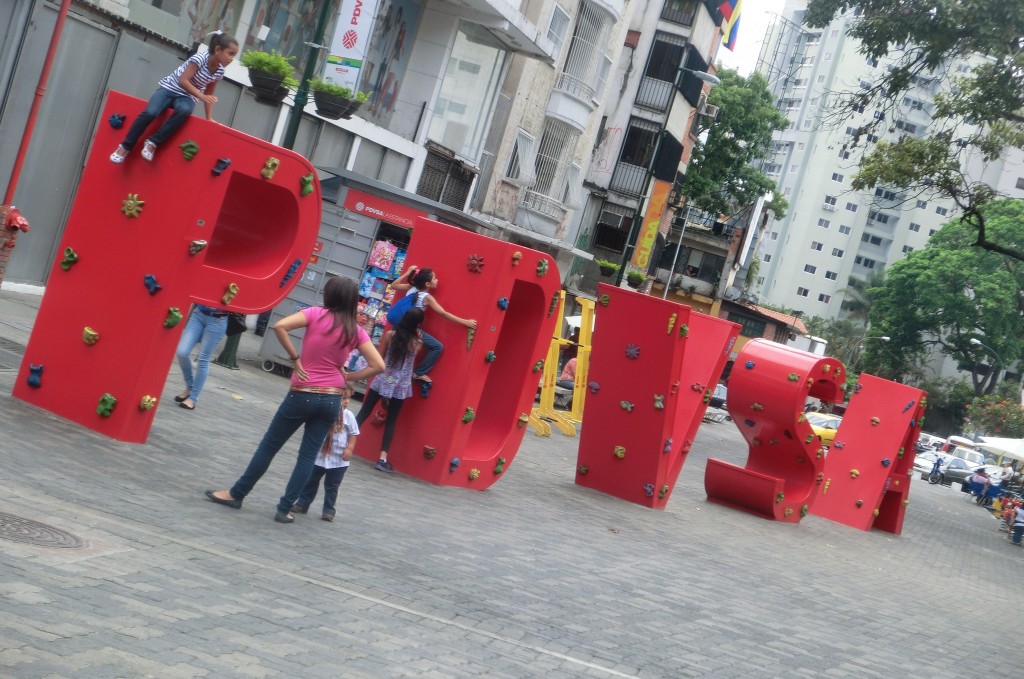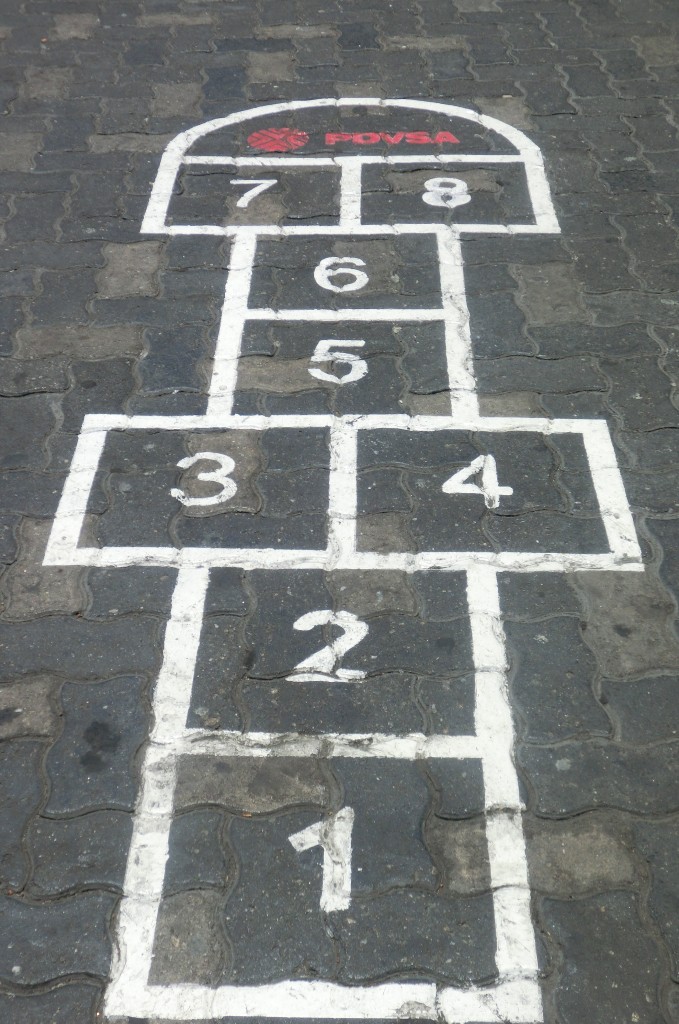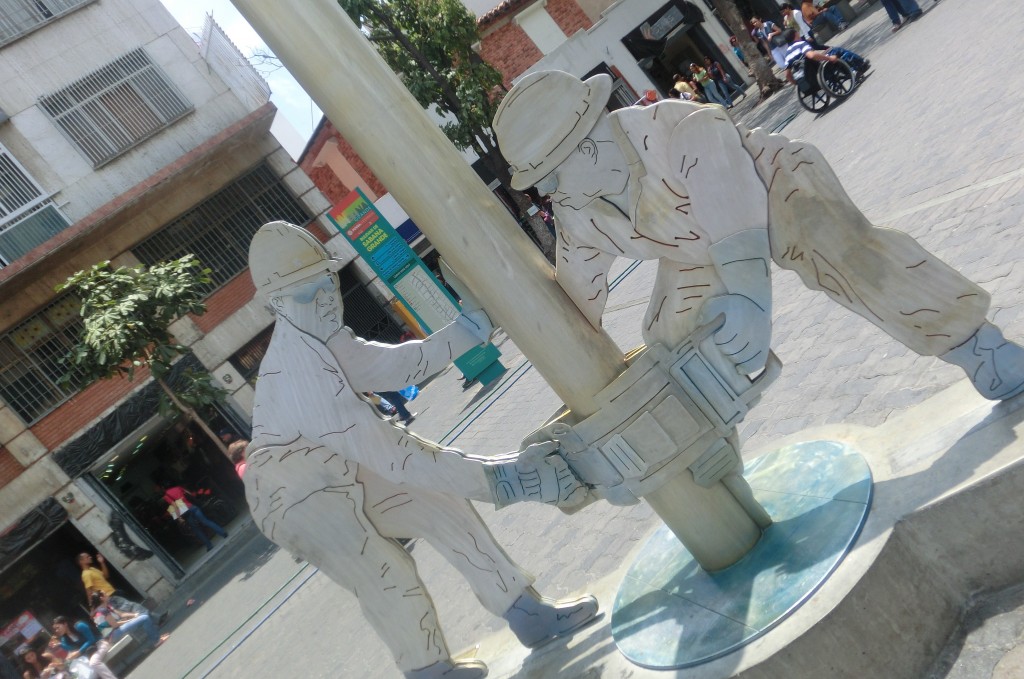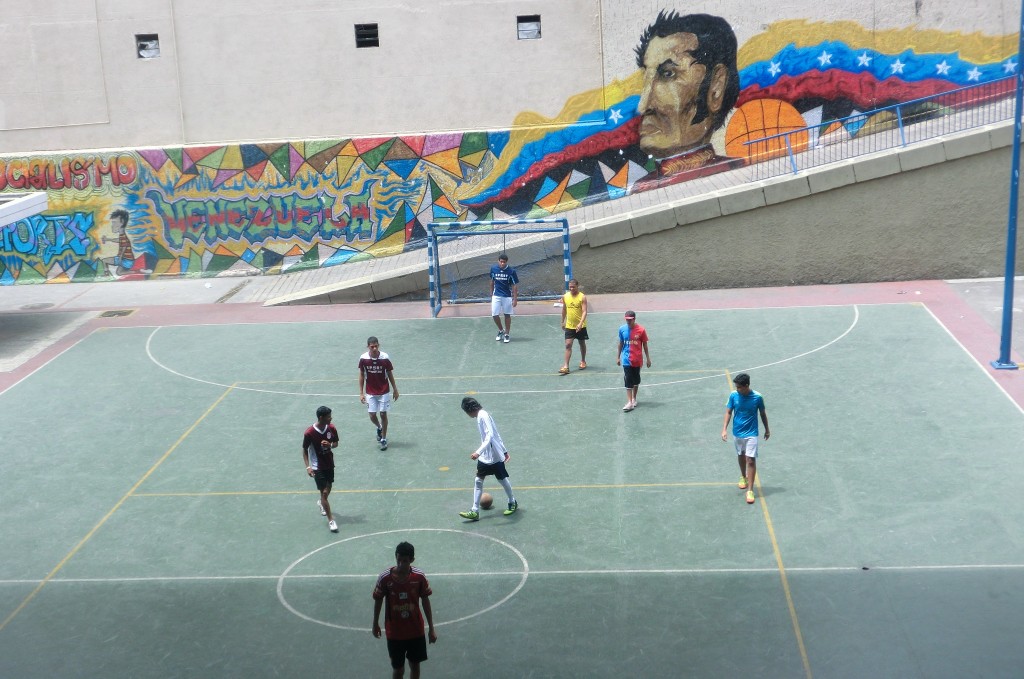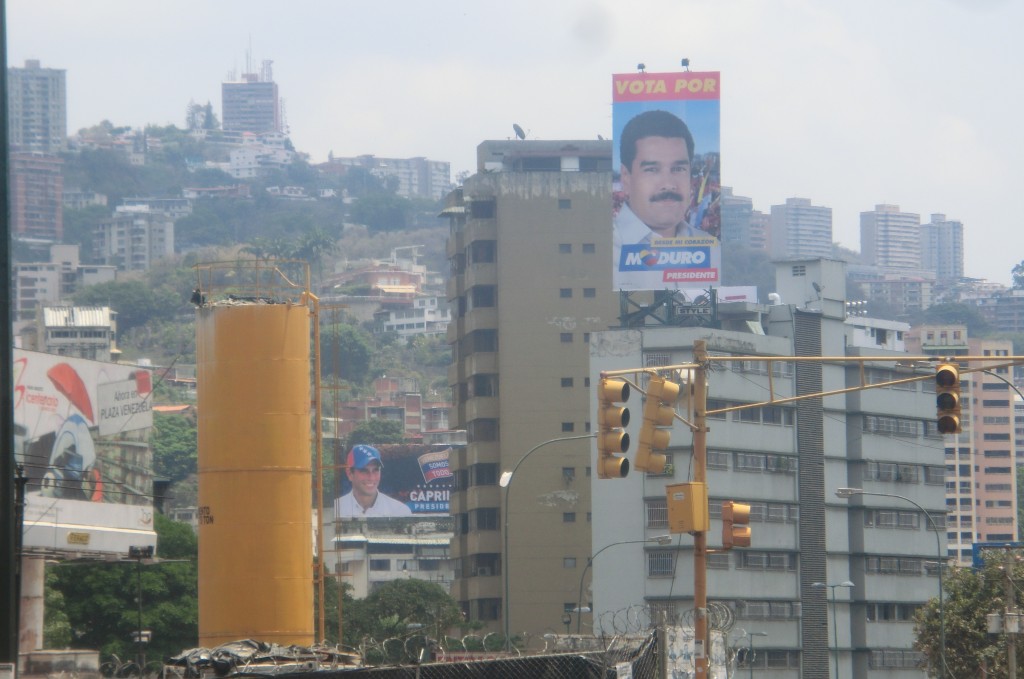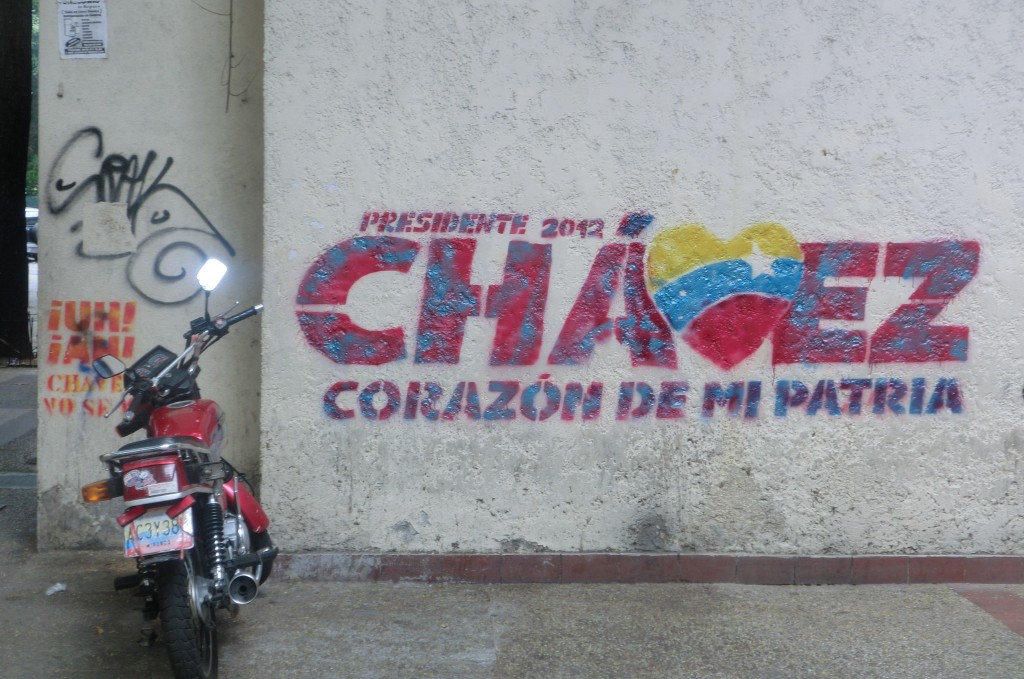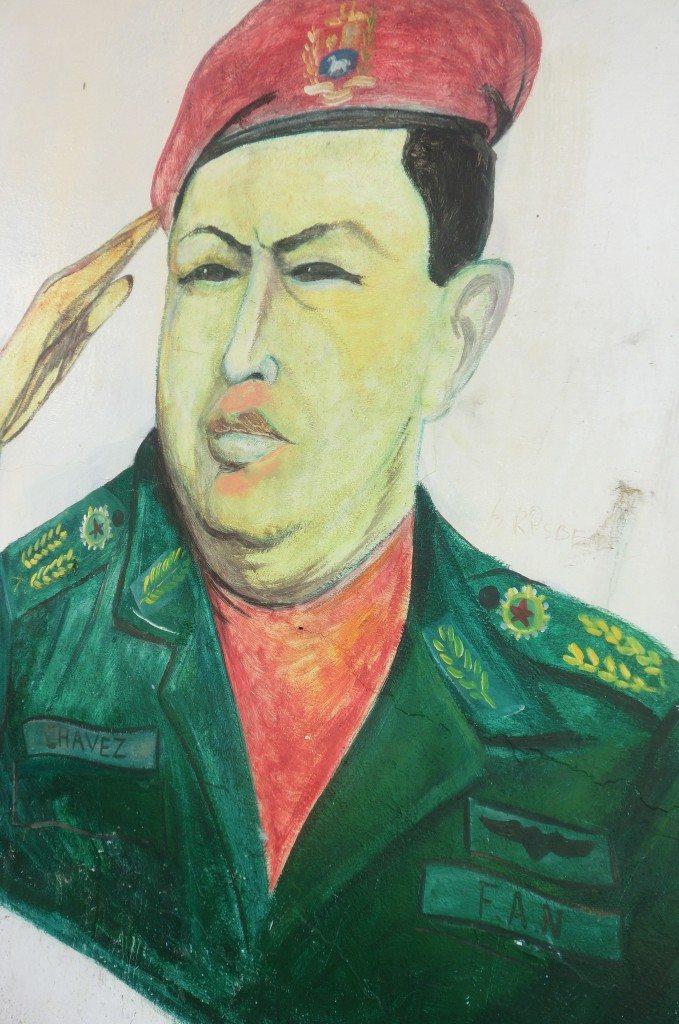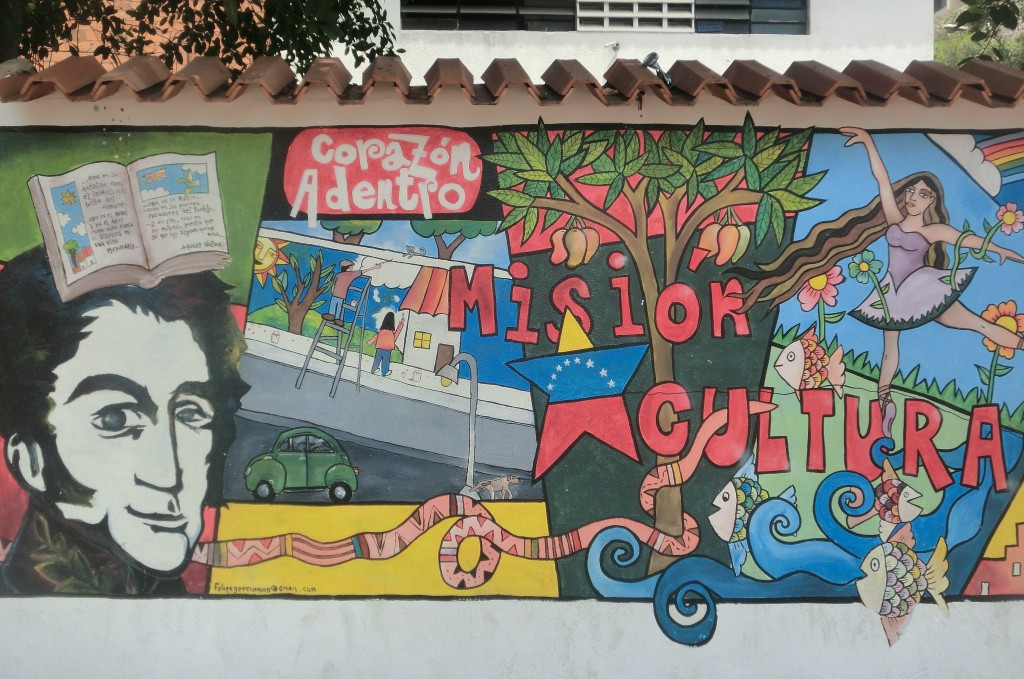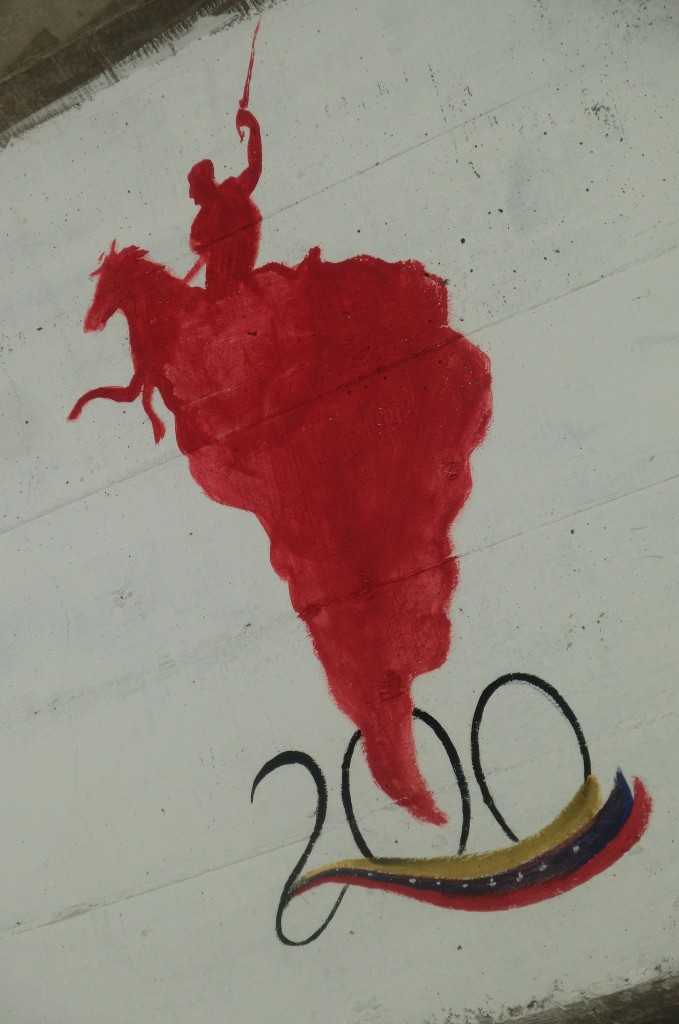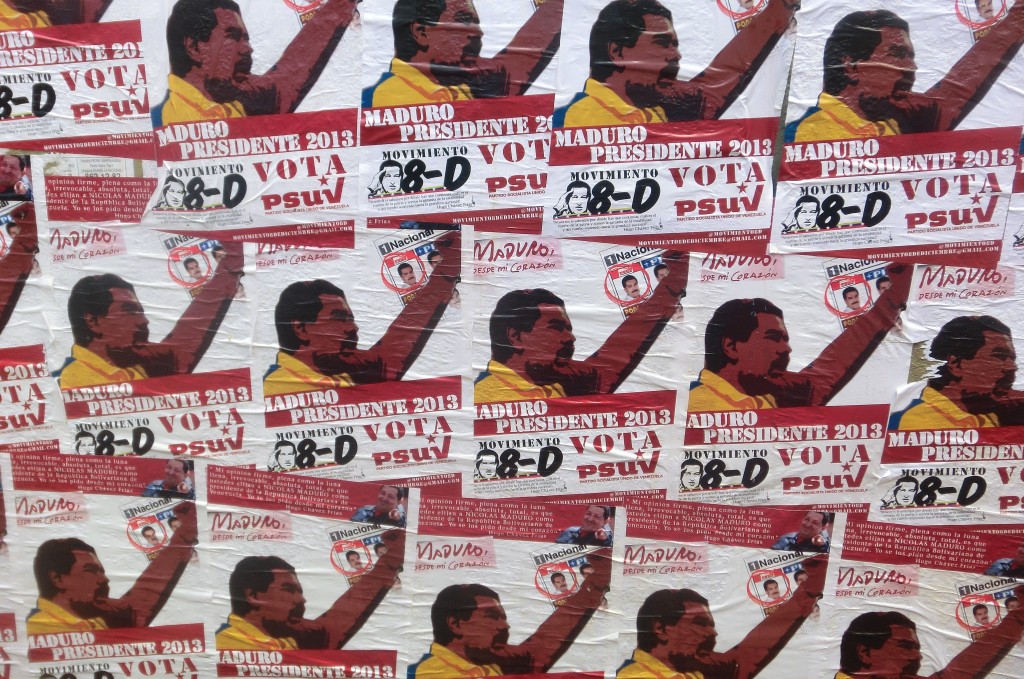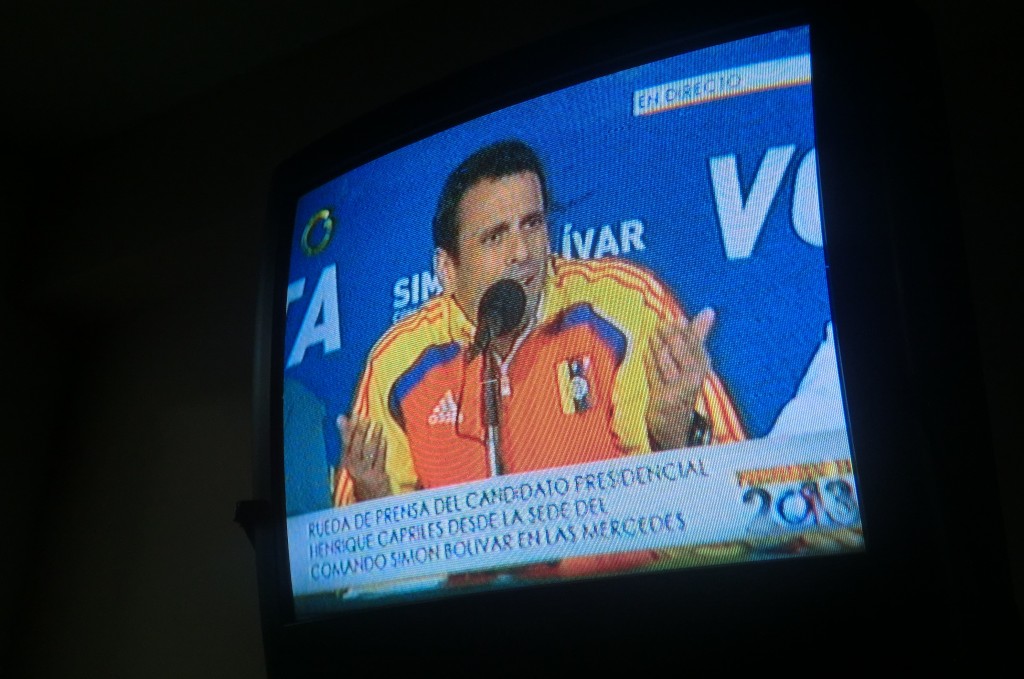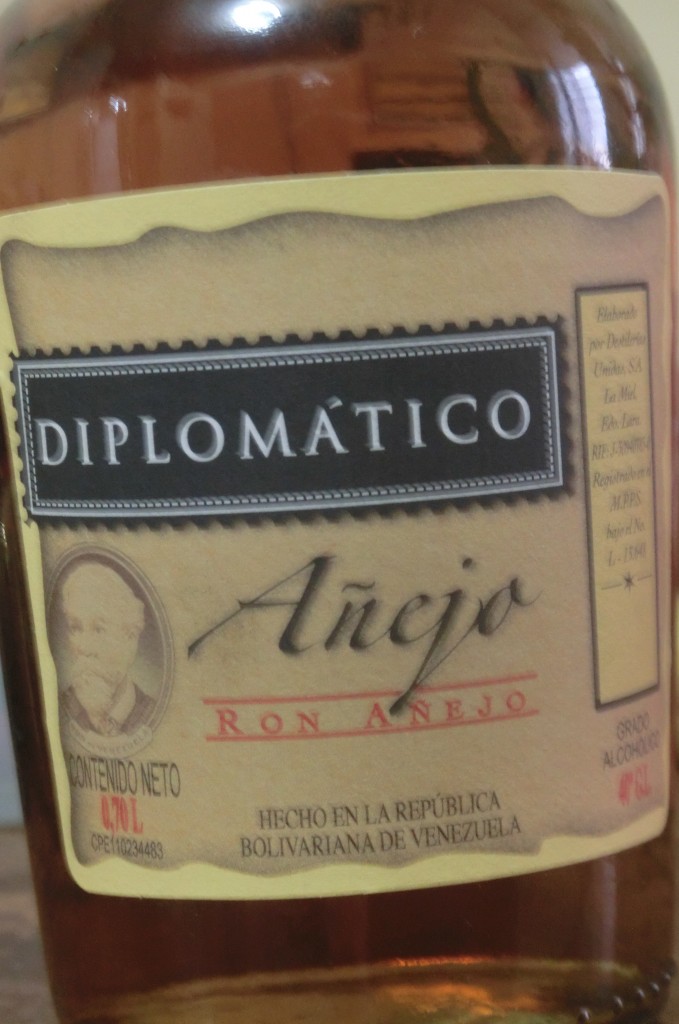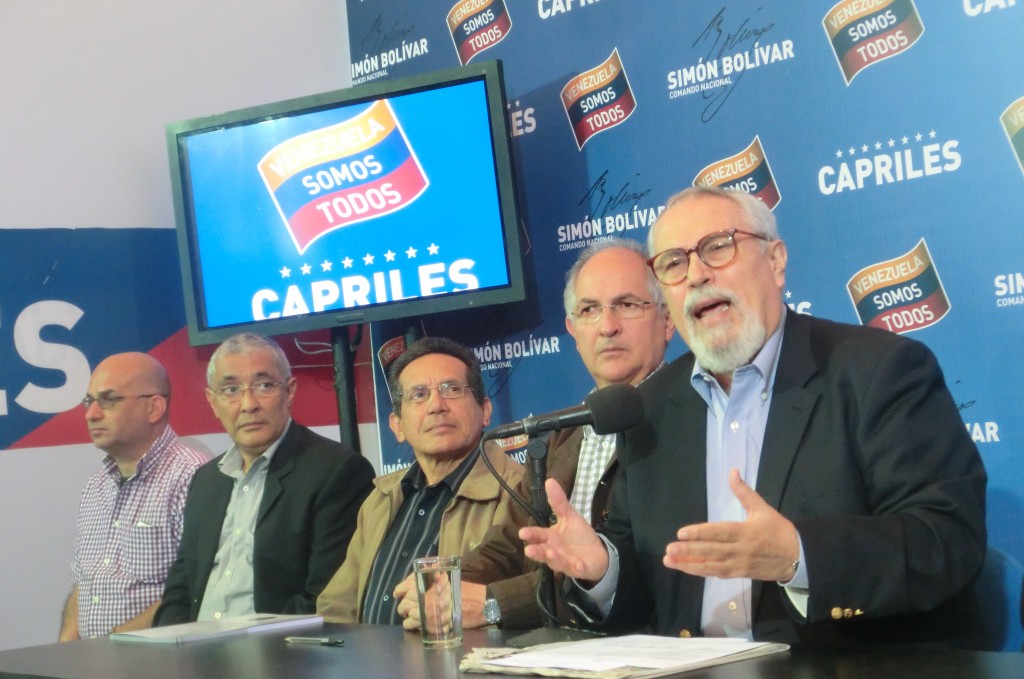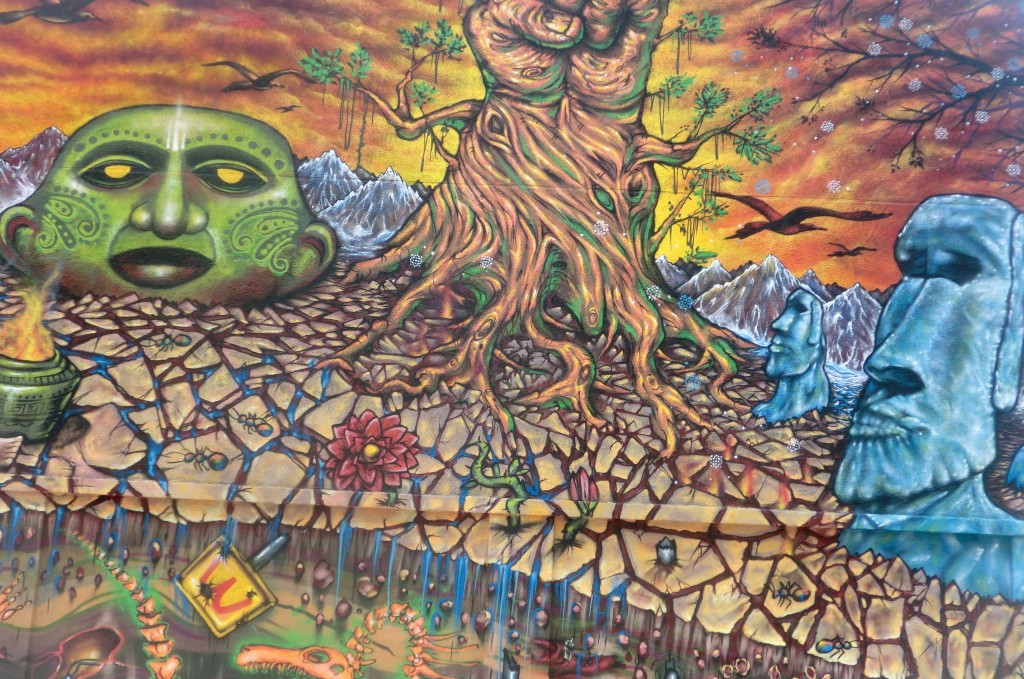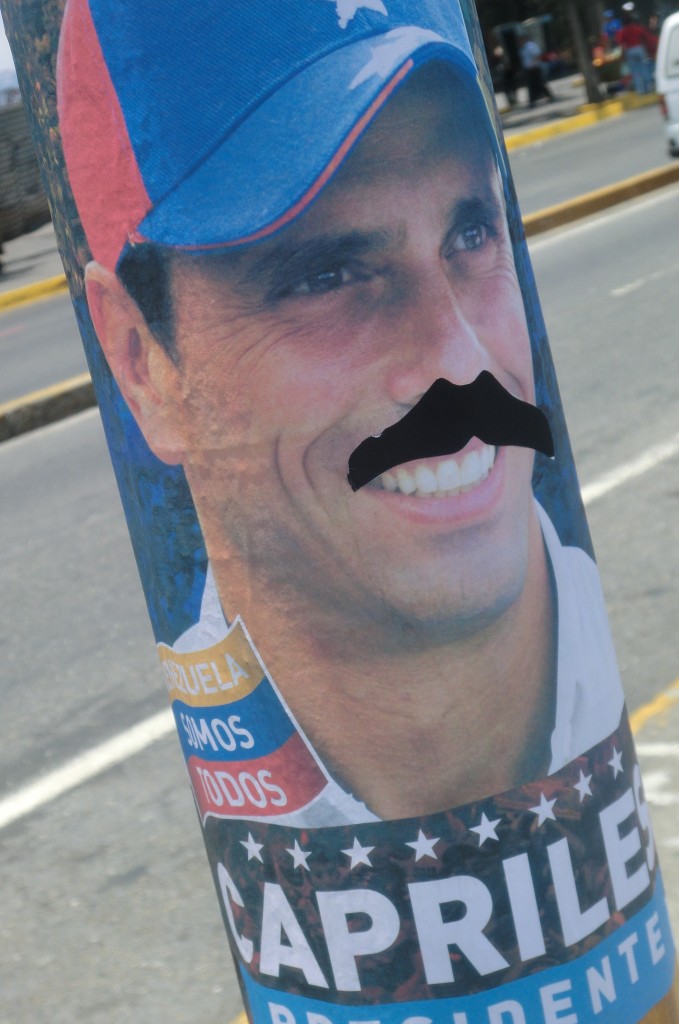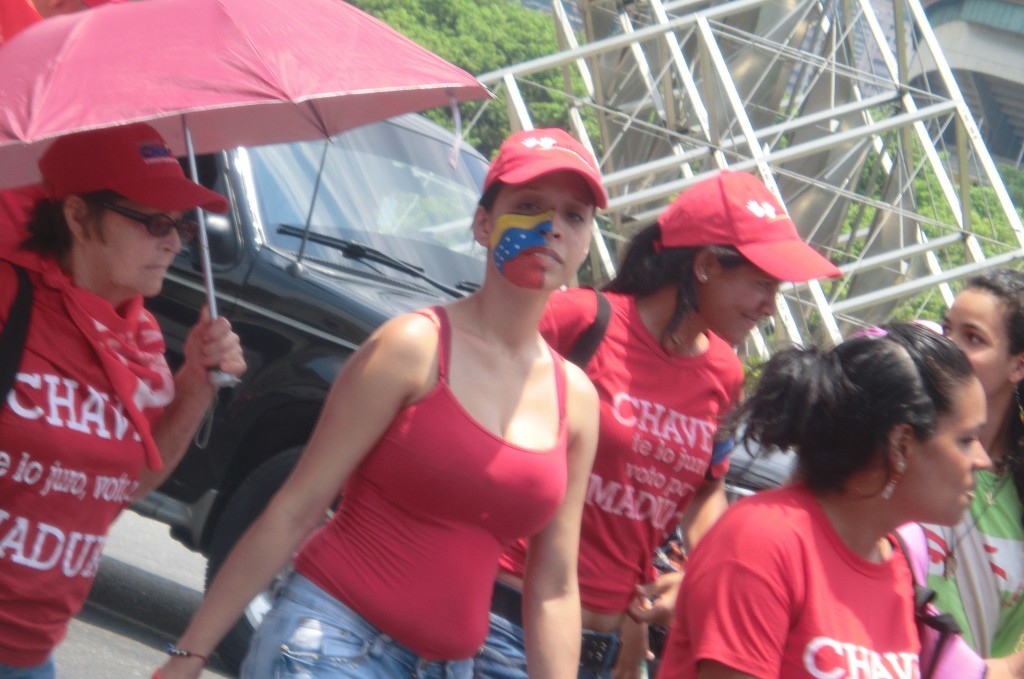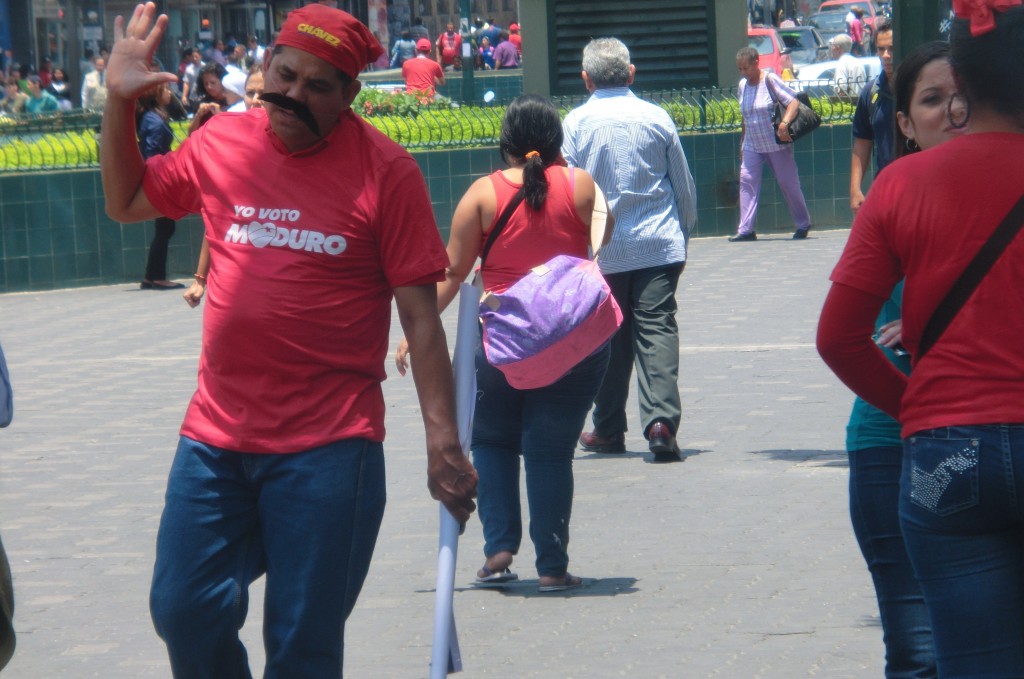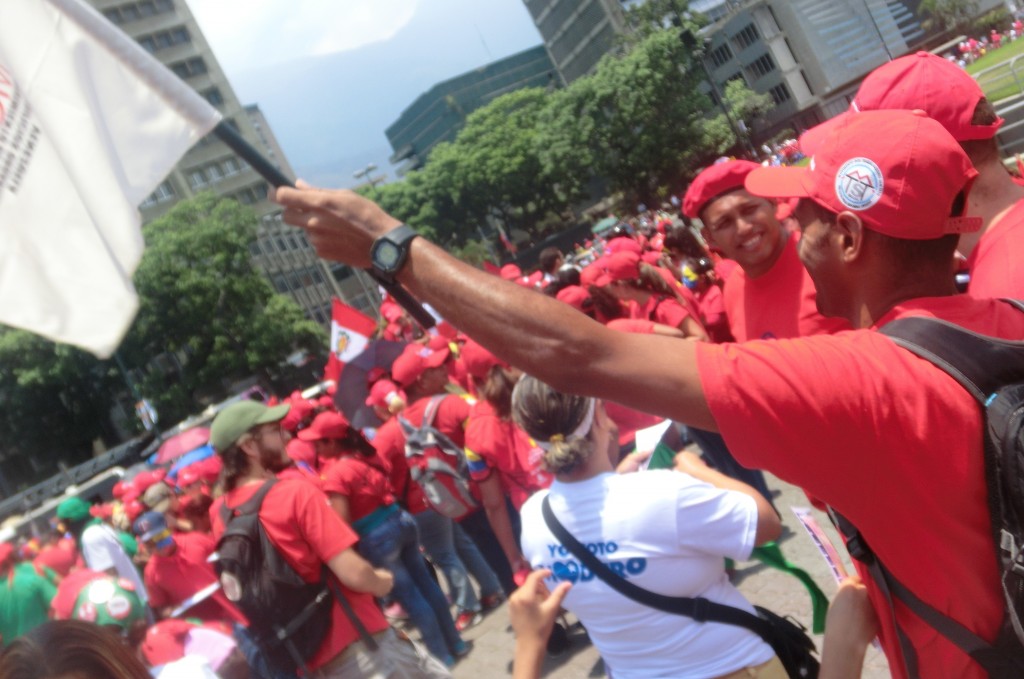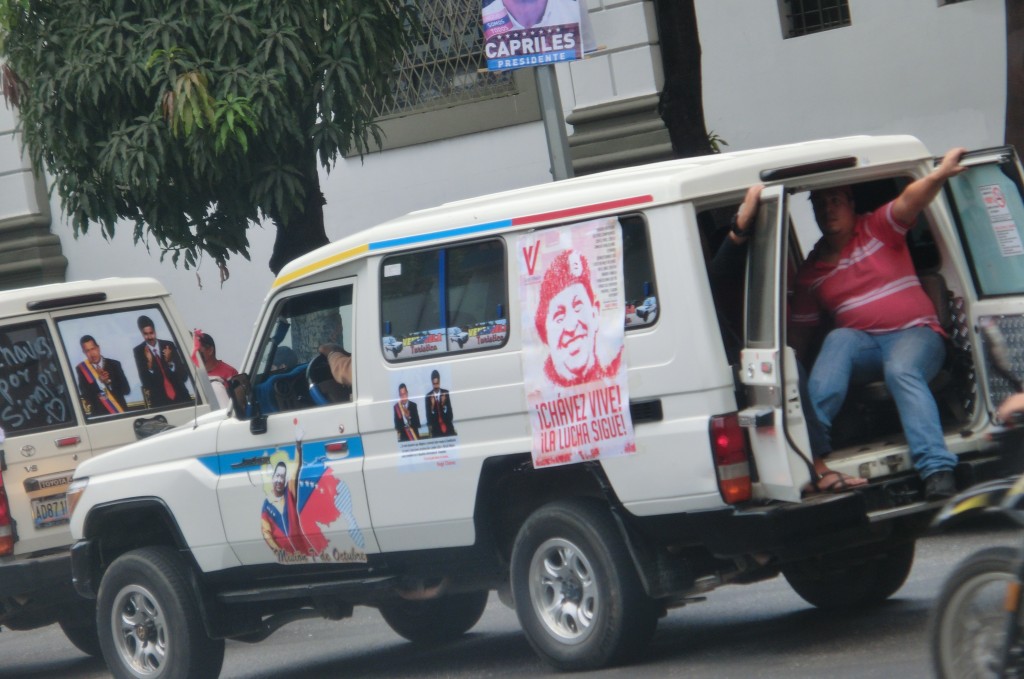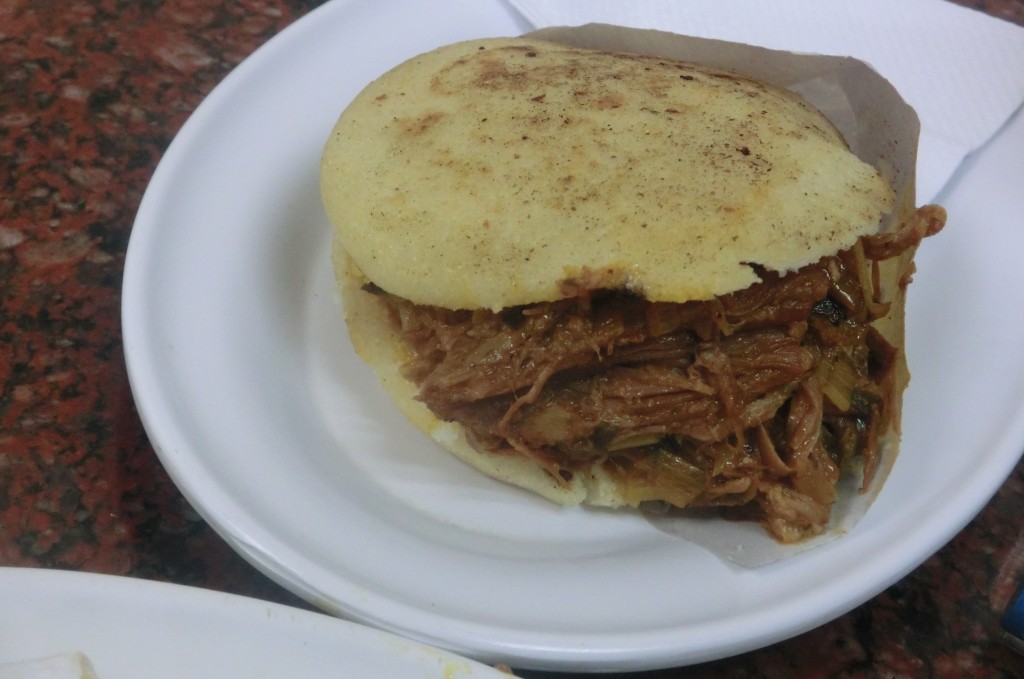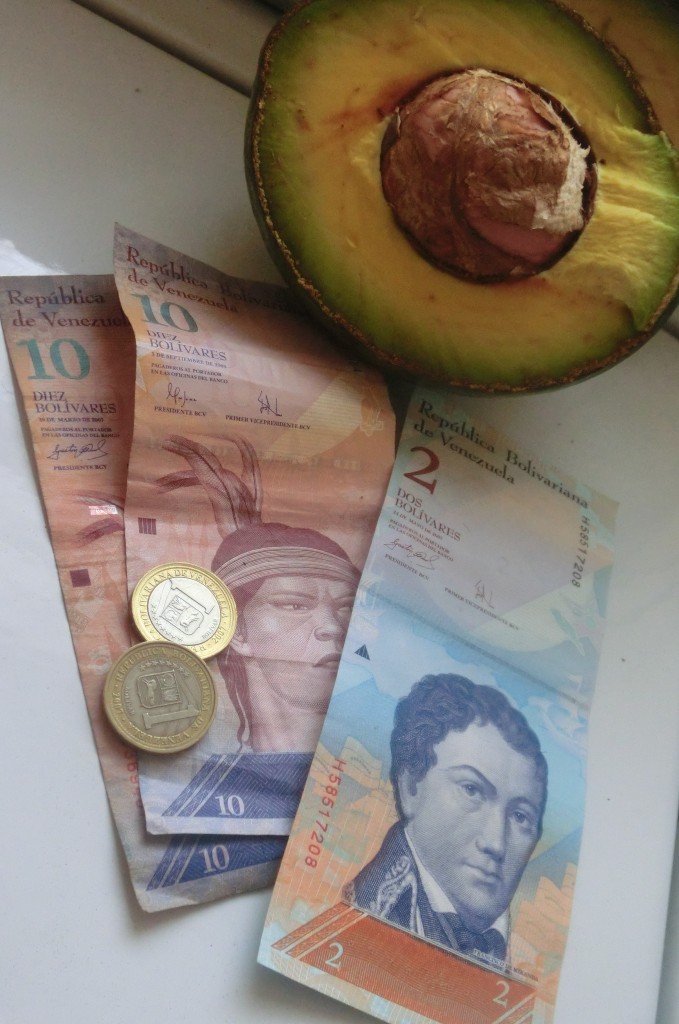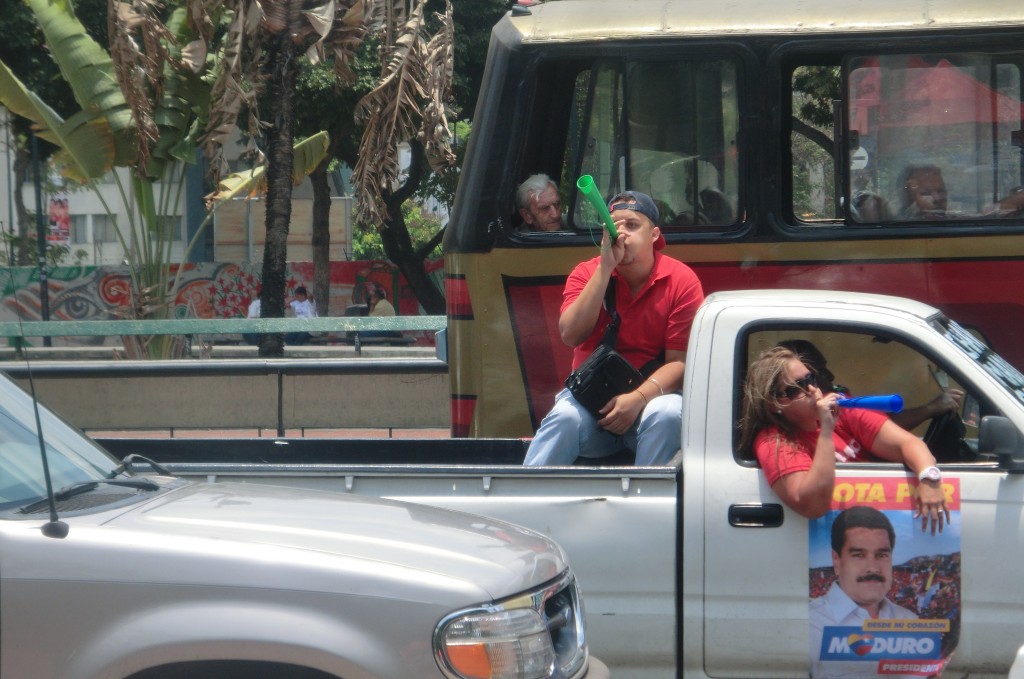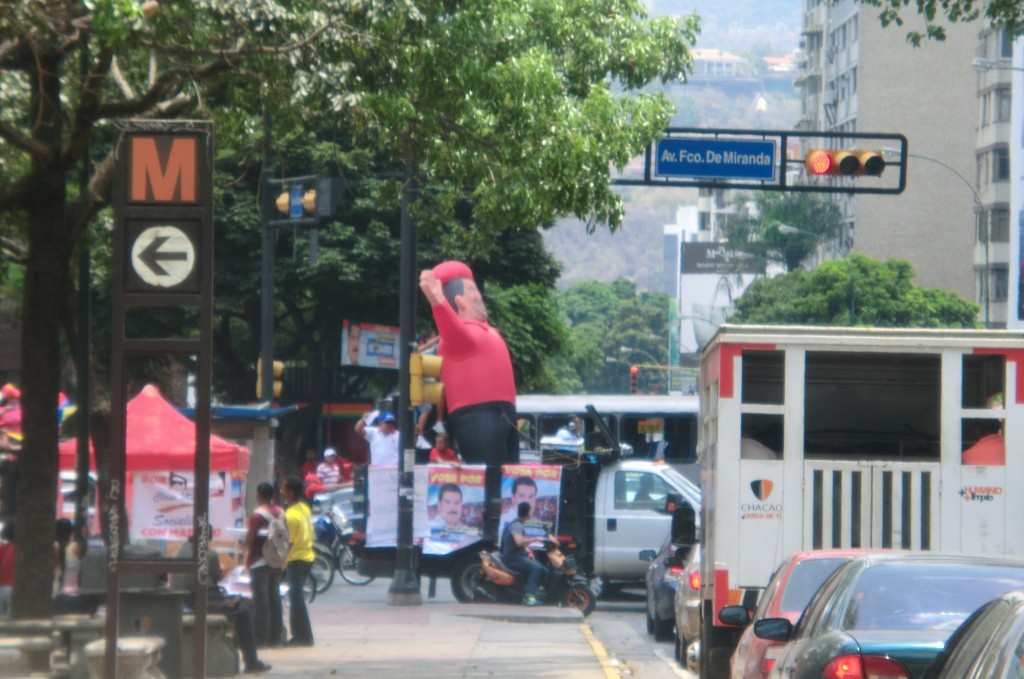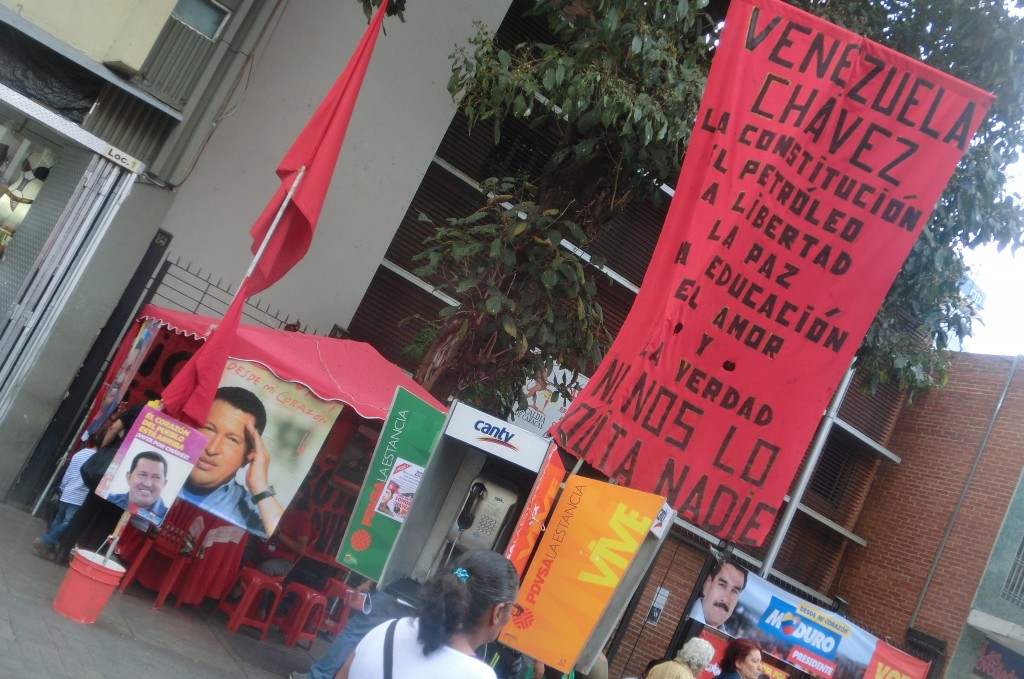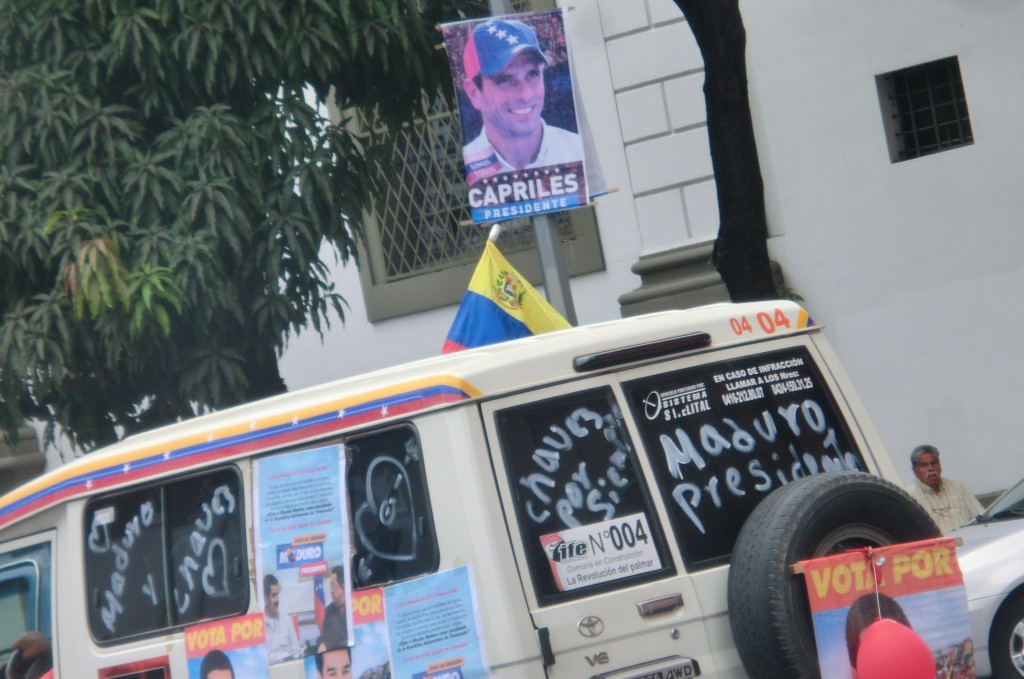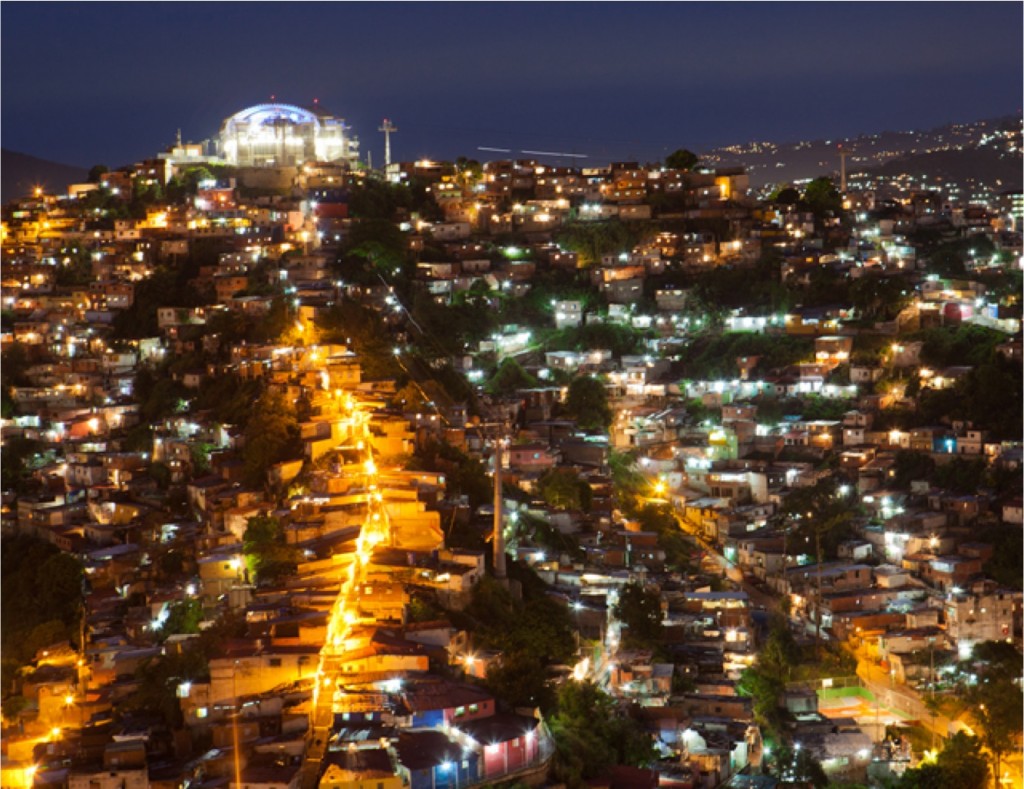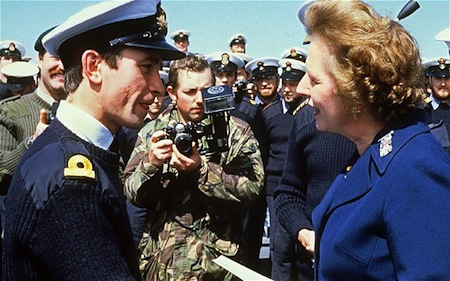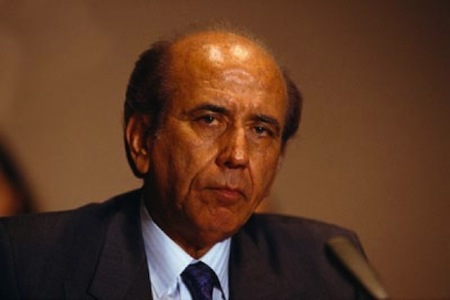CARACAS, Venezuela — You’d think in Caracas that the governing party were the PDVSA, not the PSUV.![]()
But the state-owned oil company, Petróleos de Venezuela, S.A., functions as much as any other organ in Venezuela in service of the government, formerly headed by Hugo Chávez and now, Nicolás Maduro.
Indeed, a stroll through Caracas finds the PDVSA brand saturates the city — much more than the nominal governing party, the Partido Socialista Unido de Venezuela (United Socialist Party of Venezuela). Here’s a PDVSA-branded hopscotch:
PDVSA (pronounce it ‘pay-duh-vay-suh’) was founded in 1976 when then-president Carlos Andrés Pérez nationalized the oil industry at the height of an oil boom the likes of which Venezuela had never seen. Venezuela’s oil industry began in 1914 when the first oil well was drilled in Mene Grande, in western Zulia. It began exporting petroleum by 1918, and that soon eclipsed an economy once based largely on cacao and coffee — though cacao production was dwindling in the early 20th century, Venezuela exported more coffee than any country in the world other than neighboring Brazil.
Venezuela was the world’s leading oil exporter by the end of the 1920s — Caracas was known as ‘the gas station south of Florida.’ We think of the Organization of Petroleum-Exporting Countries (OPEC) as a largely Middle Eastern cartel today, but it was founded in large part in 1960 on the initiative of Venezuelan energy minister Juan Pablo Pérez Alfonso, who helped create it after reaching out to his ministerial counterparts in Saudi Arabia.
Through the next 40 years, Venezuela’s fortunes rose and fell with global oil price, but PDVSA remained relatively at arm’s length from the government — it paid income taxes and royalties to the government, as well as dividends (because it’s entirely state-owned).
This continued even after Chávez was elected — until 2002, that is, when Chávez attempted to take control of PDVSA, leading to a rebellion/coup attempt and a general strike among PDVSA employees later that year. Chávez, as it turns out, simply fired most of the offenders, and over the past 11 years, PDVSA has become essentially an arm of the government, which itself increasingly became an organ of chavismo.
So PDVSA employees today wear red, the color of chavismo, and over the past decade, PDVSA has been a direct contributor of funds to social programs, bypassing the formal channels of government — and also incurring its own liabilities (indeed, the IMF’s estimate of Venezuela’s public debt of around 51% includes PDVSA debts as well).
Whatever the benefits to deploying that capital for social welfare programs (and I’m not arguing for or against), it means there’s simply less capital to maintain production or develop new avenues for refining oil.
Rafael Ramírez, a loyal chavista, was appointed minister of energy and petroleum in 2002 and PDVSA’s president in 2004. If Maduro wins the election, it’s expected that Ramírez will stay in place — and so will continuity in oil policy under the Maduro administration. If Maduro replaces Ramírez, however, it could be an indication that he wants to shake up some of his predecessor’s policies.
Oil proceeds represent around 95% of Venezuela’s exports, around 20% of its GDP and over 50% of the government budget. So what happens in the oil industry matters for what happens with Venezuela’s government and its economy. Continue reading A primer on PDVSA — and the interaction of oil and politics in Venezuela
